The City of Museums
Chaoyang District will implement the “Hundred Museums Project” to expand the total number of museums, creating diversified cultural and museological spaces, and accelerating the establishment of a multi-tiered museum system. It will step up efforts to designate a batch of demonstration museums that can play leading and exemplary roles, and promote the development of park-like museums such as Langyuan Station, Marco Polo Culture Industry Creative Park, and Panjiayuan Antique Market, as well as community museums, street museums, and hutong museums. Chaoyang is dedicated to achieving full coverage of cultural and museological services across communities and to standardizing the operation of registered museums.
Beijing Folklore Museum
Beijing Folklore Museum (Beijing Dongyue Temple Management Office) is the only state-run folklore museum in Beijing. It is located at No.141 Chaoyangmen Outer Street, Chaoyang District. And it’s inside the Beijing Dongyue Temple, one of the major historical and cultural sites protected at the national level. Beijing Dongyue Temple was originally built in the sixth year of the Yanyou period of the Yuan Dynasty (1319 AD)by Zhang Liusun and Wu Quanjie, eminent masters of the Xuanjiao sect, to enshrine Emperor Dongyue, a Daoist deity of the sacred Mount Tai. Later, it was extended during the Ming and Qing dynasties, and a layout consisting of a main courtyard in the middle and two side courtyards in the east and west was gradually formed. The temple covers an area of approximately 47,400 square meters with more than 300 ancient buildings. It is a treasure of ancient architecture, showcasing architectural styles from Yuan, Ming, and Qing dynasties. Dongyue Temple historically served as a national ceremonial site and later became a venue for grand folk sacrificial activities. At present, it is an established folk cultural activity center. In 1996, Beijing Dongyue Temple was designated by the State Council as a major historical and cultural site protected at the national level. In 1997, the Beijing Dongyue Temple Management Office and Beijing Folklore Museum were established. In 1999, the Beijing Folklore Museum was officially opened to the public.

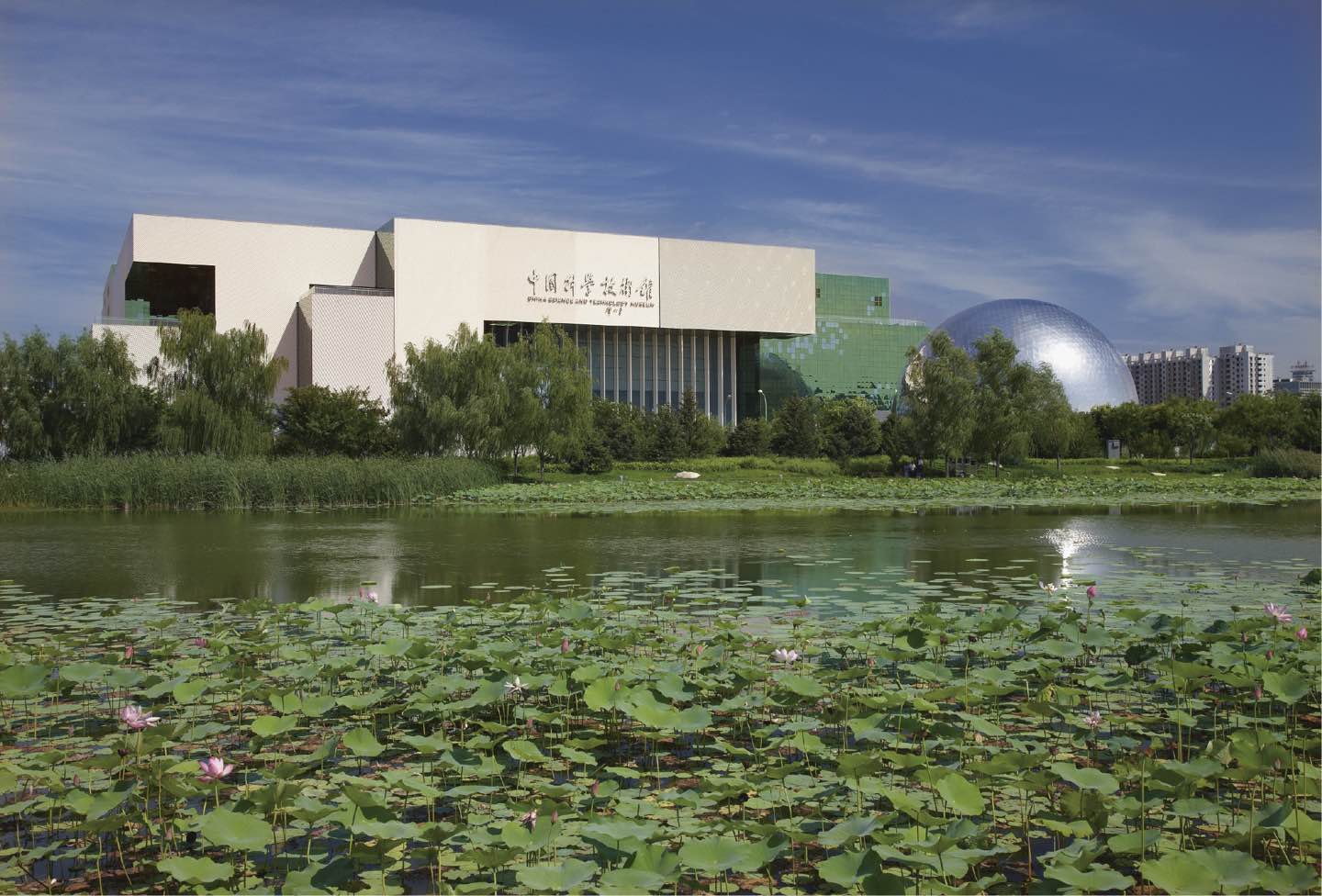
China Science and Technology Museum
Located at No.5 Beichen East Road, Chaoyang District, the new exhibition venue of China Science and Technology Museum is adjacent to the residential area of the Asian Games Village to the east, the Olympic water system to the west, the National Stadium to the south, and the Olympic Forest Park to the north. The new exhibition venue is quite distinctive, as it is a large stand-alone square structure built with several block-like units interlocked. It looks like a “Luban lock” or a “Rubik’s Cube”, symbolizing the concepts of “unlocking” and “exploration.” It features five main thematic exhibition halls, namely “Science Paradise”, “The Glory of China”, “Explorations and Discoveries”, “Science & Technology and Life”, and “Challenges and the Future”. It also boasts a public displaying area and four special-effect theaters, namely the Dome Theater which can be used for both dome film screening and astronomical phenomenon demonstration, the Giant Screen Theater, the Motion Theater, and the 4D Theater. Besides, it has multiple laboratories, classrooms, science popularization lecture halls, multi-function halls, and temporary exhibition halls.
China National Film Museum
China National Film Museum is a large public cultural facility jointly built by the former State Administration of Radio, Film, and Television and the People’s Government of Beijing Municipality, with the approval of the State Council. It is the largest national-level film museum in the world and a landmark building commemorating the centennial of Chinese cinema. It serves as an art palace to showcase the development of Chinese cinema, display film technology, spread film culture, and conduct academic research and exchanges. It is also a base for patriotic education, integrity education, teenagers’ film culture activities, and popular science education. China National Film Museum has 21 exhibition halls and public activity and exhibition zones, with a total exhibition area of approximately 13,000 square meters. The museum also has six screening rooms, including a giant screen hall that can hold over 1,000 viewers simultaneously.
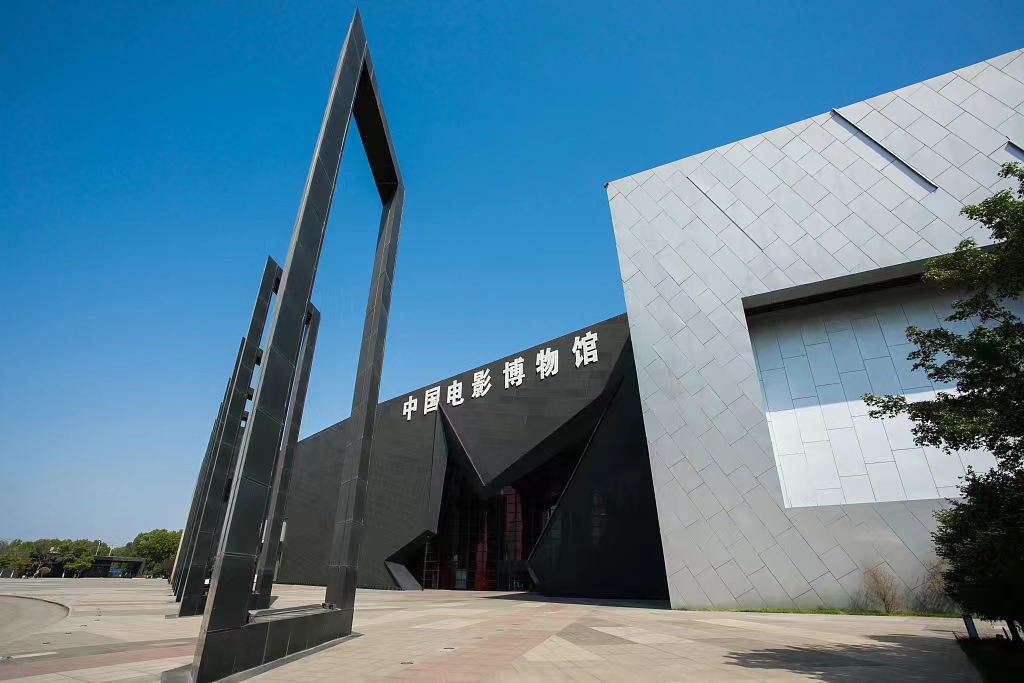
National Zoological Museum of China
The National Zoological Museum of China has a total floor area of 7,300 square meters, with an exhibition area of 5,500 square meters. Its main functions include popularizing knowledge in zoology and promoting concepts such as environmental protection and harmonious coexistence between humans and nature. Leveraging the strong scientific research strength of the Institute of Zoology, Chinese Academy of Sciences, the museum systematically and comprehensively combines scientific knowledge with exquisite animal specimens and makes full use of various exhibition methods to guide visitors in learning and understanding zoology.
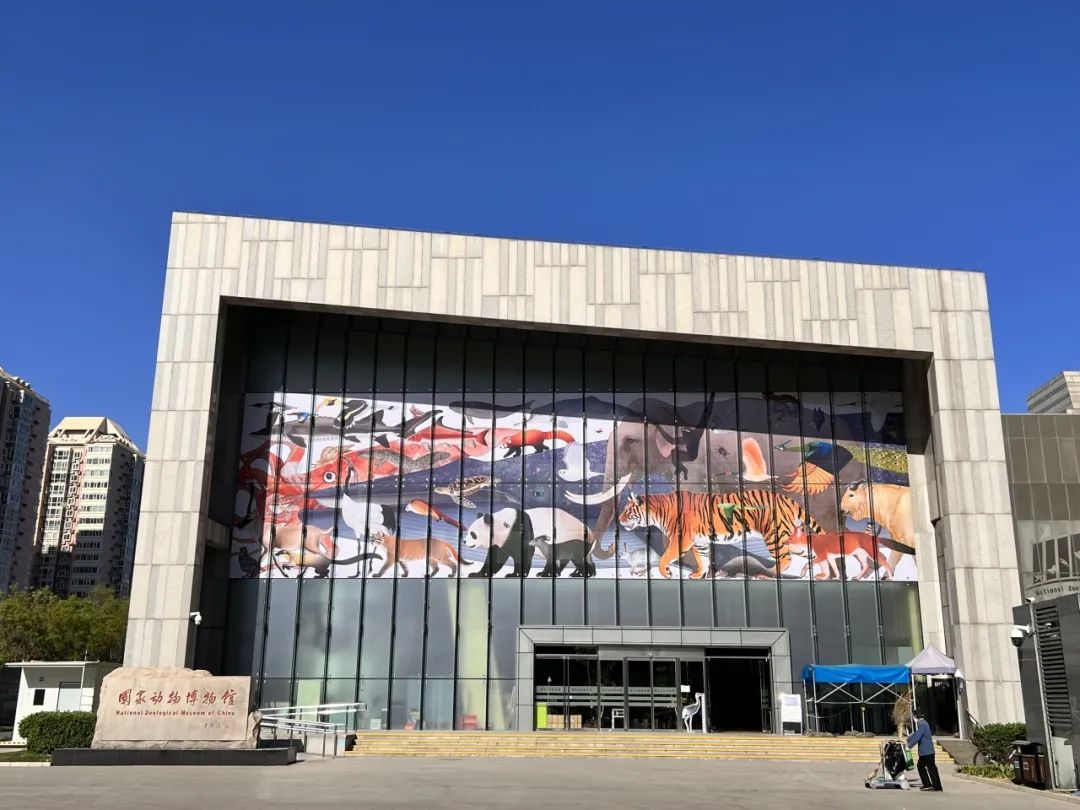
Museum of the Communist Party of China
Currently, the Museum of the Communist Party of China is the largest, most comprehensive, and most important national-level museum in China. It is like a three-dimensional book of Party history, documenting the remarkable journey of the century-old Party. It has become a new “Red” landmark in the capital city of Beijing. The museum is a well-arranged, symmetrical architecture with a grand and spacious interior. It adopts a traditional colonnade structure, inheriting the cultural gene of the classical architectures such as the Great Hall of the People and the National Museum of China. With carefully designed architectural style, structural appearance, functions, the museum vividly showcases the Party’s mission and aspirations and reflects the timeless demeanor of the Party.
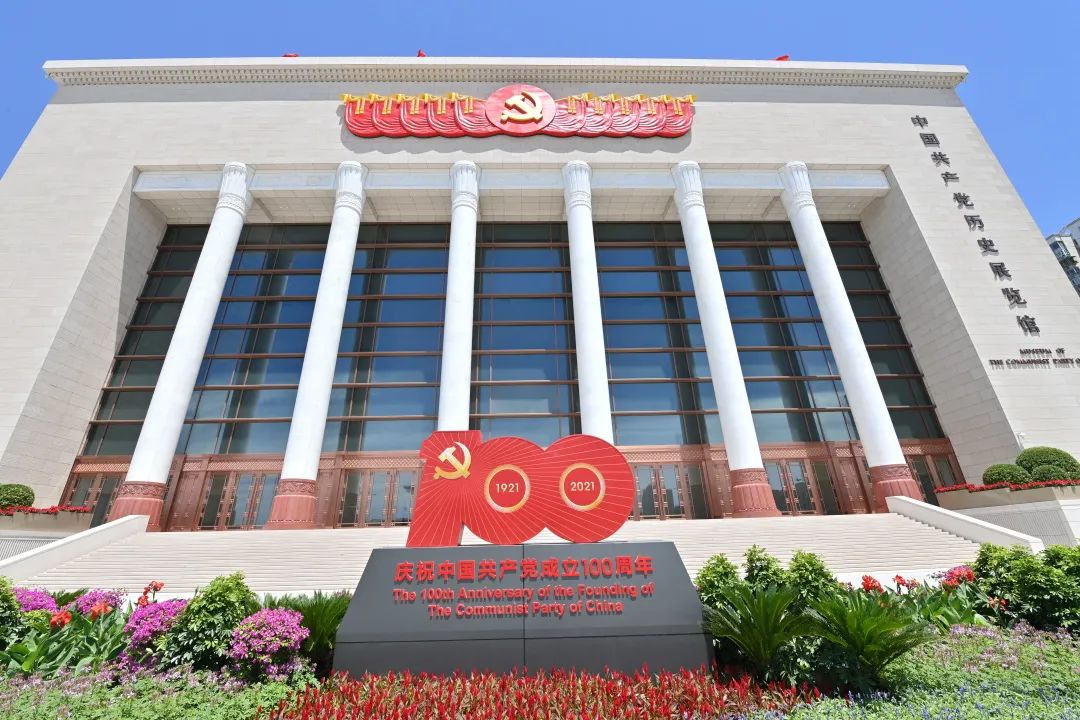
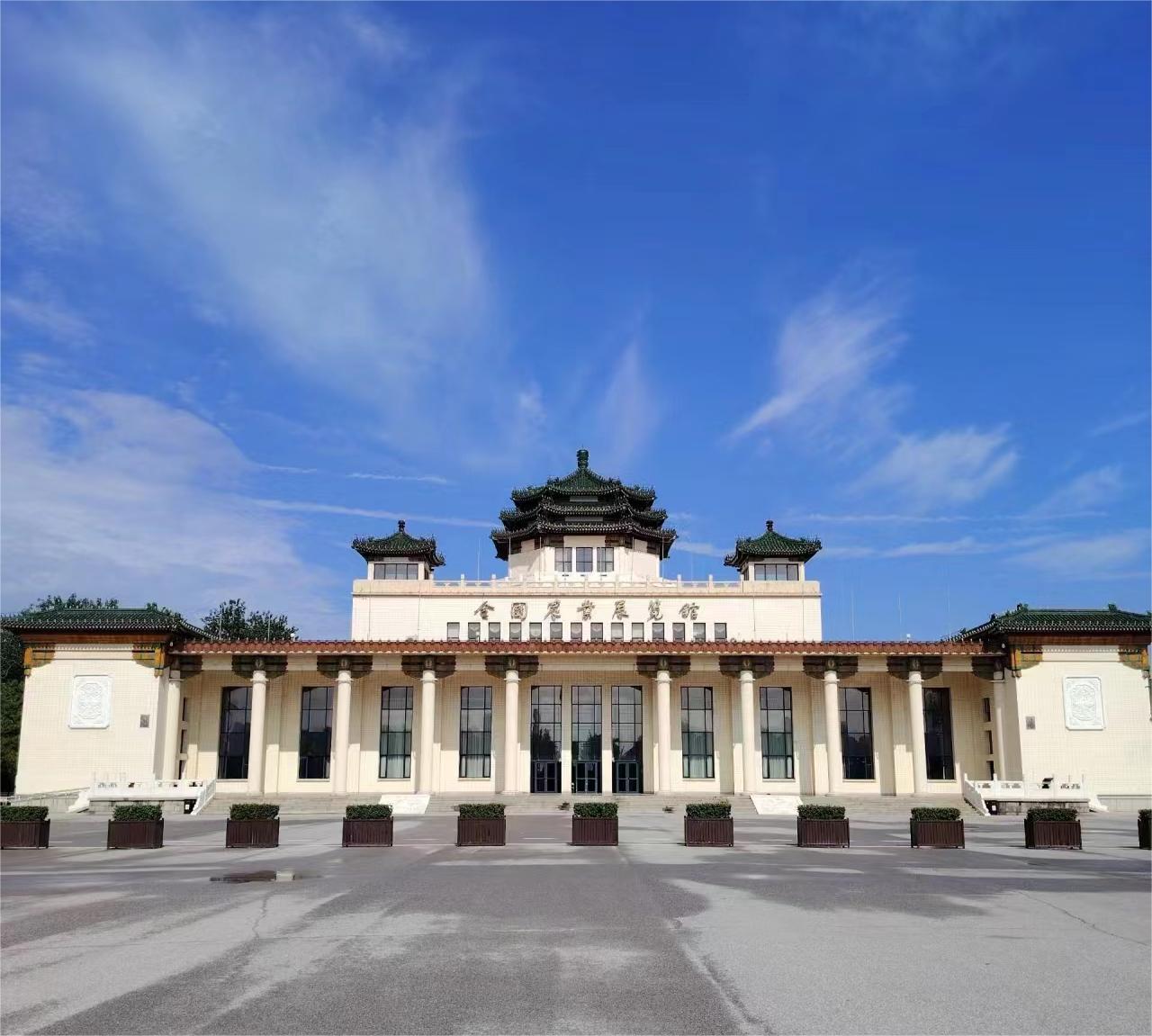
China Agricultural Museum
China Agricultural Museum is the only national-level agricultural museum in China. As a first-class national museum, it’s home to collections like cultural relics and specimens. It not only offers permanent exhibitions such as “Chinese Agricultural Civilization”, but thematic exhibitions such as “China’s Soil Specimens”, “China’s Traditional Farming Tools”, and “Painted Pottery Civilization”. With the museum’s promotional efforts, the “Twenty-four Solar Terms” was included in the National Intangible Cultural Heritage List in 2006 and in the UNESCO Representative List of the Intangible Cultural Heritage of Humanity in 2016.
China National Arts and Crafts Museum
China National Arts and Crafts Museum (China Intangible Cultural Heritage Museum) is a national key cultural facility built during the “13th Five-year Plan” period under the leadership of the CPC Central Committee and the State Council. Covering an area of 91,126 square meters, it boasts 14 exhibition halls and a multi-function hall primarily used for the living inheritance of intangible cultural heritage. China National Arts and Crafts Museum serves as a national cultural palace dedicated to showcasing outstanding traditional Chinese culture, promoting the aesthetic values and socialist core values of the Chinese nation, and building up Chinese people’s cultural confidence and national self-confidence.


